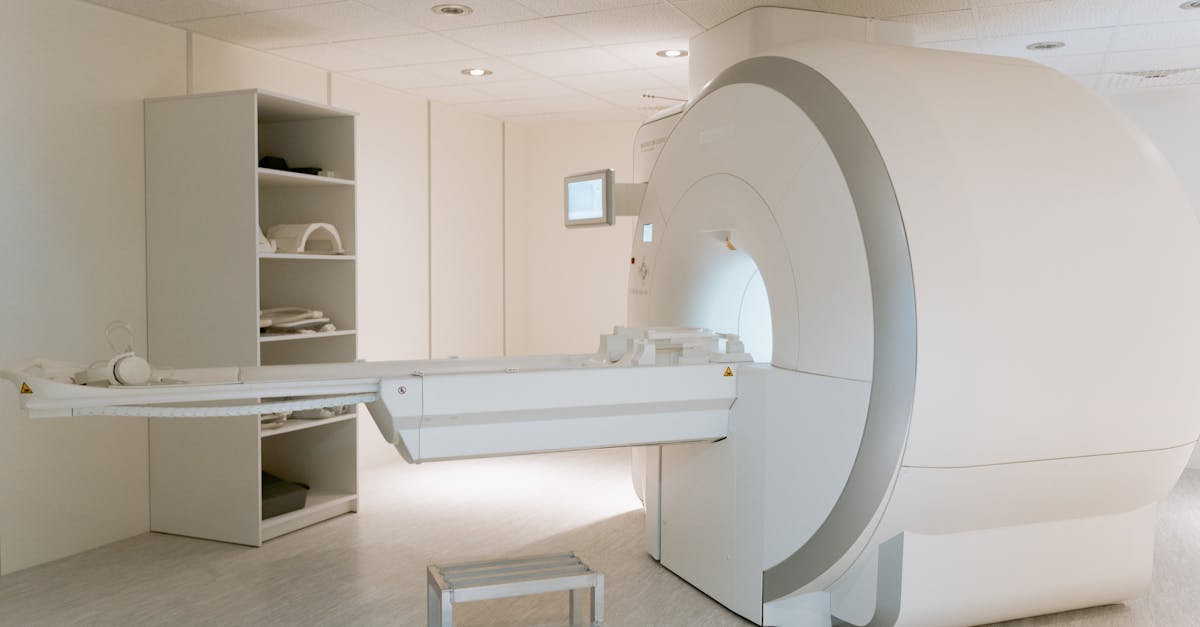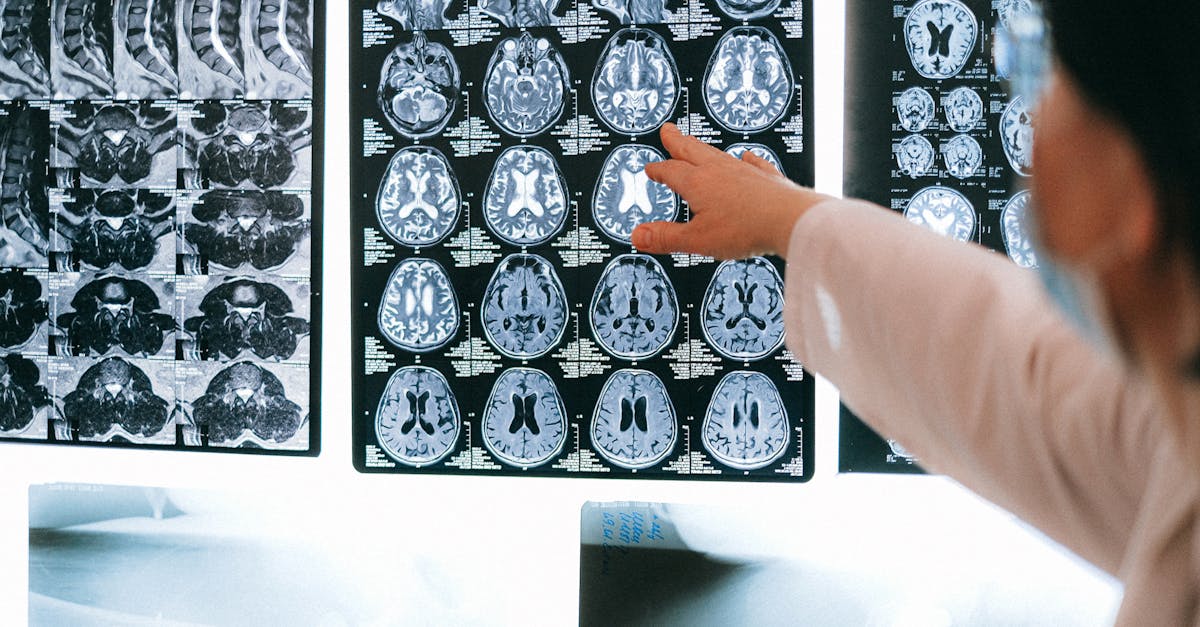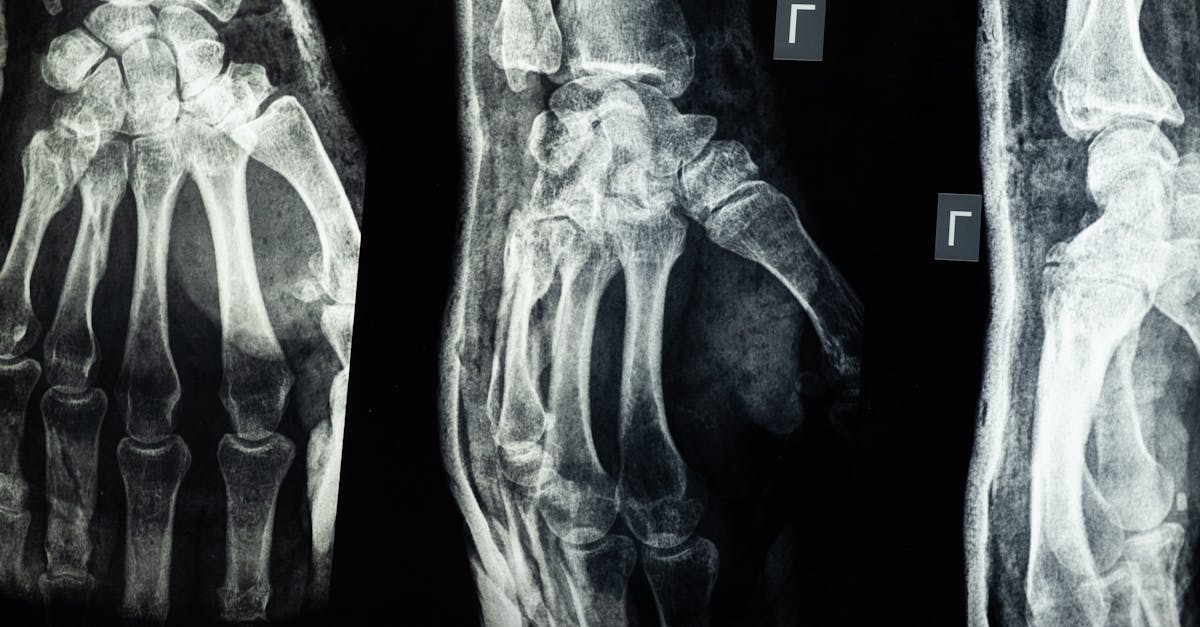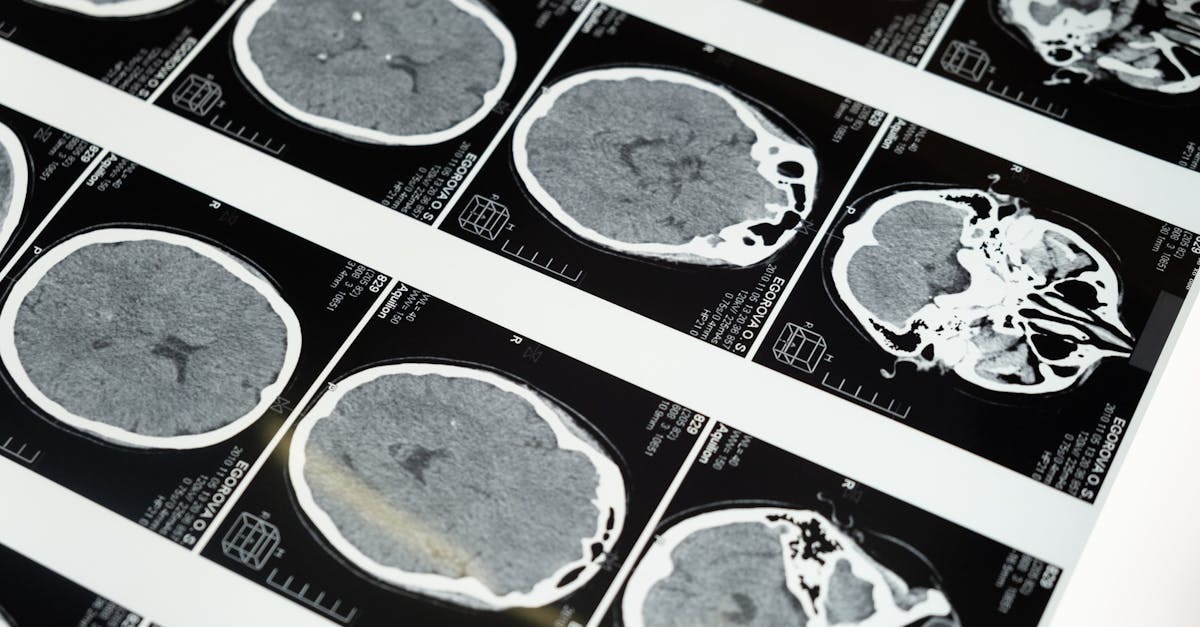The integration of theartificial intelligence in the interpretation of medical images revolutionizes the field of radiology. Thanks to advanced algorithms, theAI provides fast and accurate image analysis, allowing radiologists to focus on more complex cases. By acting as an assistant, it not only improves the precision diagnostics, but also optimizes the exam time. This synergy betweenhuman and the machine promotes quality care for patients, while strengthening the effectiveness of medical procedures.

The rise ofartificial intelligence (AI) in the field of medicine concretely transforms the practice of radiology. By integrating advanced algorithms and analysis methods, AI positions itself as a valuable tool that assists radiologists in the interpretation of medical images. This digital support makes it possible to strengthen the precision of diagnoses while reducing the workload of practitioners.
Radiology has always played a central role in medical diagnosis, but it is not without its challenges. The interpretation of x-rays, MRI, ultrasounds and other imaging modalities requires specialized training and great attention to detail. AI complements human skills by automating certain tasks and providing in-depth image analysis, which improves the entire diagnostic process.
THE AI software dedicated to medical imaging work using neural networks that have been trained on thousands, even millions of images. These networks learn to identify specific patterns that might escape the human eye. For example, an algorithm can be trained to detect early signs of cancer in mammograms, which is essential to improve survival rate.
To illustrate the impact of AI on radiological practice, take the case of double reading. In certain clinical situations, a mammography can be analyzed not only by a radiologist, but also by an AI system. The goal of this approach is to increase anomaly detection. The AI first filters the information, highlighting cases requiring special attention. This allows the radiologist to focus on problem cases, improving the efficiency and accuracy of diagnoses.
The benefits of AI are not limited to better anomaly detection. Indeed, artificial intelligence can also help reduce the time needed to analyze images. As part of the medical emergencies, rapid diagnosis is often crucial. Thanks to the massive data processing and analysis capabilities offered by AI, waiting times to obtain a report can be significantly reduced, which can directly influence the course of treatments.
In addition, AI is able to adapt to the specificities of each patient. Modern AI systems can be personalized to take into account a patient’s medical history, family history, and other clinical factors reflecting their health status. This contextual approach enriches the analysis of medical images and contributes to more informed decision-making.
Another important aspect of AI is its role in training of radiologists. By using AI tools to simulate clinical cases, medical students and young practitioners can benefit from active and in-depth learning. These platforms provide instant feedback and the ability to explore different clinical scenarios, enhancing their ability to diagnose complex conditions autonomously.
Additionally, the integration of AI into the radiology workflow promotes the standardization of analyses. This ensures that every patient receives equal attention, regardless of the radiologist’s workload. AI serves as a safety net, reducing inter-observer variability. In other words, even if different radiologists examine the same image, the AI acts as a barometer reference to ensure consistent and reliable interpretation.
The development of these AI solutions is also encouraged by advances in machine learning and in massive data. Thanks to an exponential accumulation of data, algorithms become more and more efficient and precise. AI can process imaging data in parallel, which is impossible for a human individual, thus allowing him to constantly increase his learning capabilities.
However, despite the obvious benefits, integrating AI into radiology practice is not without challenges. One of the main challenges lies in the acceptance of these technologies by healthcare professionals. Radiologists may be hesitant about AI supplanting them or harming their profession. It is essential to emphasize that AI is designed to be an assistive tool and not a substitute. The interaction between the radiologist and the AI system should be collaborative and synergistic, with each party bringing its own strengths to the process.
Another aspect to take into account is the medical data security. With the increasing digitalization of medical images and the use of AI systems, protecting patient information must remain a top priority. Rigorous security measures must be put in place to ensure that sensitive data is protected against unauthorized access or leaks. Trust in these systems is critical to their widespread adoption.
Regulations and quality standards are also inevitable in the medical landscape. The adoption of AI capitalizes on the need for a clear regulatory framework to guarantee the effectiveness and safety of AI systems in radiology. Healthcare organizations must establish specific guidelines regarding the use of these technologies, particularly with regard to responsibility and of transparency.
The future outlook looks promising with the continued development of AI technologies. Ongoing research aims to create even smarter systems capable of analyzing varied imaging modalities with unprecedented precision. The possibilities for interaction between AI systems and other forms of medical technology (such as robot-assisted surgery) also expand the scope of AI tools in the patient journey.
In summary, AI in radiology offers considerable support to radiologists in the interpretation of medical images. Thanks to powerful algorithms and in-depth data analysis, it makes it possible to improve disease detection, accelerate diagnoses and offer enriching training to practitioners. However, challenges remain regarding acceptance by professionals, data security and the need for appropriate regulations. The continued evolution of these AI technologies promises to transform the radiological landscape and contribute to a better support patients in the years to come.
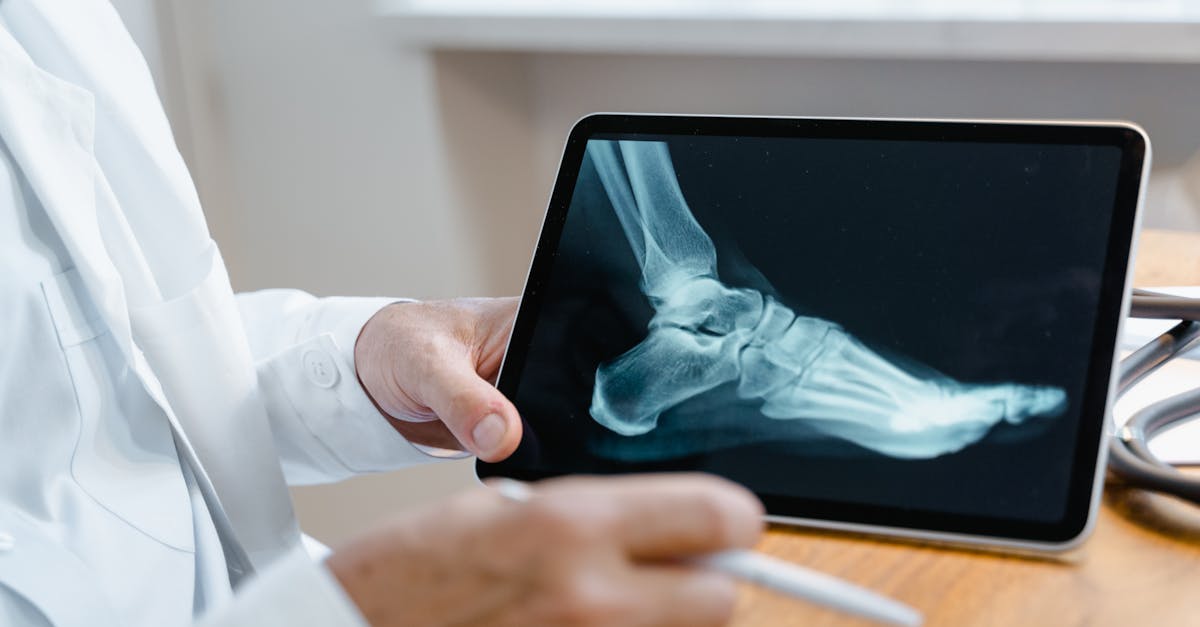
The use of artificial intelligence (AI) in the field of medical image interpretation has revolutionized the practice of radiologists. Thanks to its advanced analysis capabilities, AI is emerging as a valuable tool that optimizes the diagnostic process, improves the accuracy of results and allows more efficient use of practitioners’ time. This article explores the different aspects of the application of AI in radiology and the recommendations to maximize the benefits for radiologists.
Strengthening diagnostic accuracy
One of the main benefits of AI is its ability to detect subtle anomalies in medical images. The softwareAI, such as those used in mammograms, can perform double reading, combining the expertise of a radiologist with machine learning algorithms. This approach reduces the risk of false negatives and improves the early diagnosis of serious pathologies, such as cancer.
Filtering and prioritization of cases
Another key aspect is AI’s ability to sort through thousands of images to quickly identify cases that need special attention. Thus, after an initial automated filtering, radiologists can focus on images where the AI has flagged a lesion. This method promotes more efficient use of doctors’ time, allowing them to pay particular attention to the most critical cases.
Human-machine collaboration
The harmony between human and machine is essential to maximize the benefits of AI in medical imaging. Rather than replacing the radiologist, AI acts as a strategic partner. By providing preliminary analyses, it allows radiologists to validate and interpret results in depth, thereby preserving the crucial human element in the medical process.
Training and adaptation of radiologists
To take advantage of AI tools, a training adequate is essential. Radiologists must be familiar with AI software and how it works. It is recommended to integrate training modules on the use of AI into continuing education courses, so that healthcare professionals can feel comfortable with these new technologies and understand their clinical implications.
Continuous performance assessment
It is essential to put in place mechanisms tocontinuous assessment and monitoring the performance of AI systems used in radiology. This includes analyzing the diagnostic results produced by AI and comparing them with those of radiologists. Constant feedback will help optimize AI algorithms and improve tool accuracy over time.
Ethics and transparency
When integrating AI into radiological practice, it is crucial to consider questions ofethics and transparency. Radiologists should be aware of the limitations of AI algorithms and ensure that they never make final clinical decisions without evaluating the results themselves. Communicating to the patient the implications of using AI in their diagnosis is also essential.

